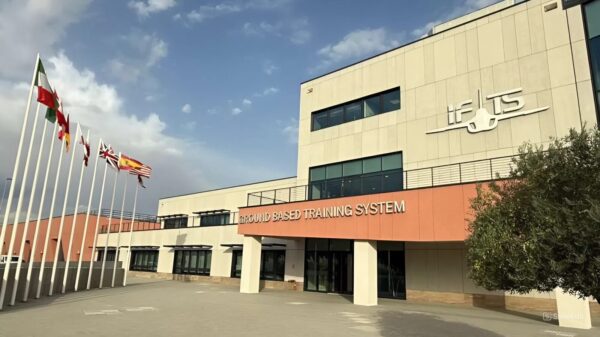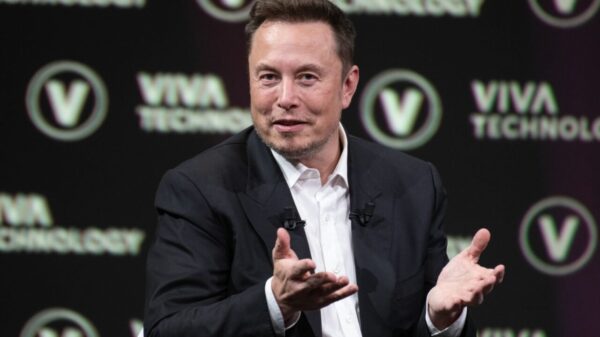The semiconductor industry faces heightened uncertainty as President Trump announced plans to introduce new tariffs on semiconductor chips within the next week. This move is part of a broader strategy aimed at enhancing national security and economic reciprocity. The potential impact on major tech companies, particularly those involved in artificial intelligence (AI), could be significant.
In a series of interviews exploring the emergence of Physical AI, industry experts, including Luke Lango, have highlighted how AI is transitioning from software applications to tangible technologies like robots and autonomous systems. The urgency of this transformation raises critical questions about the pace of change and its implications for the job market. Lango and others predict that AI could eliminate between 20 million to 30 million U.S. jobs by 2035, a level of disruption that has sparked widespread concern.
During a recent discussion, Lango emphasized the need for investors to focus on foundational companies within the AI sector. He identified key players such as Nvidia, AMD, and Broadcom as essential to the ongoing AI revolution. These companies design critical semiconductor chips, which are integral to powering AI technologies. If tariffs target these imports, U.S. companies could face increased production costs and reduced margins, even if their designs originate domestically.
The uncertainty surrounding tariffs has already affected the market. For instance, AMD reported a cautious outlook for its revenues, particularly concerning its operations in China. After the U.S. government imposed restrictions on chip sales to China earlier this year, the reversal of that policy had raised hopes for recovery. Yet, the impending tariffs could complicate matters further, threatening billions in potential revenue.
Geopolitical Tensions and Their Impact on the Tech Sector
The potential for tariffs extends beyond semiconductor chips. Recently, President Trump indicated plans for a 250% tariff on pharmaceuticals, intending to incentivize domestic production. This announcement has prompted companies like Eli Lilly and Johnson & Johnson to ramp up their U.S.-based manufacturing efforts. However, firms heavily reliant on overseas production may face challenges as the landscape shifts.
In his remarks, Mo Gawdat, former chief business officer at Google X, reiterated the sentiment that AI is poised to disrupt various job sectors. He suggested that even roles traditionally considered safe, such as executives or creative positions, might be at risk. Gawdat’s assertion that “the idea that artificial intelligence will create jobs is 100% crap” underscores the urgency for workers to adapt quickly to the evolving job market.
As tariffs loom, it is essential for investors to reassess their strategies. Lango advises focusing on companies that are leading the charge in the AI sector, including those involved in developing Physical AI technologies. This includes both foundational AI firms and applied robotics companies like Tesla, Palantir, and UiPath.
Future Considerations for Investors
While the immediate impact of potential tariffs may cause volatility in tech stocks, experts suggest that long-term demand for semiconductors will remain robust. AI data centers, autonomous vehicles, and robotics will continue to rely on these chips, making them essential for future growth.
Investors should monitor developments closely, especially as President Trump’s administration continues to navigate complex geopolitical issues, including recent tariff announcements against India. The heightened rates signal a strategic approach to countering foreign purchases of Russian oil, further complicating international trade dynamics.
In summary, the impending semiconductor tariffs represent a critical juncture for the tech industry, particularly for AI stocks. As companies prepare for potential disruptions, it is crucial for investors to remain informed and agile in their investment strategies. The evolving landscape of AI and its accompanying technologies presents both challenges and opportunities, and those who adapt quickly may position themselves for success in the coming years.































































